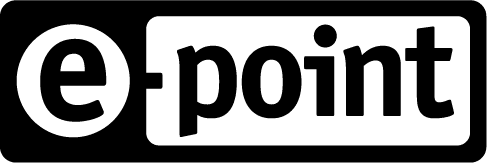User surveys
Do you have a ready-made solution or are you currently working on one? We’ll perform usability studies and deliver recommendations on how to improve the user experience and optimize your solution’s performance.
Do you...
Want to verify that your solution meets expectations and will be easy to use?
Need help further developing an existing solution’s user experience?
Need to present convincing data and arguments to decision makers and the design team?
Why Usability Studies Are Vital
- Observation of real users is a key source of insight about their behavior with your products and services. Even as few as 6 users can detect 80-90% of all usability problems.
- Surveys help you stay on track and prevent costly missteps. According to Robert S. Pressman, each dollar spent on a problem spotted during the design process saves between $10 (the cost of removing the problem during the development stage) and $100+ (the cost of fixing problems after implementation).
- Usability studies can inspire product development. As they rely on facts and observation, testing sessions help you make the right design decisions faster and facilitate the creation of common ground for discussion among design teams. Plus, the information gathered during tests often reaches beyond the current project and can help you plan next steps and new offerings.
How e-point does user testing
- Help you establish needs, goals, and your study/research group
- ecommend remote or in-studio research
- Select tools and methods that match your research goals
- Create a study scenario
- Start the respondent recruiting process
- Submit cost calculations for respondents' participation
- Organize research studio rental (if applicable)
- Configure research equipment and software
- Oversee sound and image recording for survey sessions
- Conduct surveys per your scenario
- Propose quick scenario or prototype alterations between sessions
- Provide an observer to take session notes in real time
- Ensure your design team can watch the survey session
- Analyze survey observations and draw research conclusions
- Collect quotes and excerpts that illustrate the most important points of the report
- Indicate stated and implicit problems and user expectations
- Recommend ways to improve the user experience
- Present your team with the final report and conclusions
Remote UX Testing Tools
Overview
Research techniques
In creating a research scenario, we use recognized research methods tailored to the nature of each particular project. The techniques we employ include:
Task test
Several key user journey tasks are performed by users. The test is conducted live, using the “think-aloud protocol”.
5-second test
Determines which key elements are noticed by the user during a very short exposure to the website.
IDI (In-Depth Interview)
A direct conversation with a single survey participant. This is run according to a predefined scenario and allows researchers to really understand user expectations and motivations.
Questionnaire
A standardized set of questions that complement other research techniques. With larger research samples, questionnaires can help easily compare results between subsequent solution versions.
Card-sorting
Supports the creation of user-intuitive information architecture, e.g. menu categories, segmentation, etc.
Tree-testing
Examines users’ ease in navigating a website’s information architecture, e.g. the menu or motion-distributing pages.
Dyad interviews
An extended version of an IDI. Two participants from the target group hold a discussion, supervised by a moderator.
Focus group
A closely moderated discussion in a larger group (six or more) on a specific problem related to the product. It lasts between 90 and 120 minutes on average.
Creative workshop
Employs participative design and design thinking techniques to gain a deeper insight into the needs of potential users by inviting them to design their own solutions.
Highlight testing
Respondents receive a website printout with highlights of areas that are clear to them and support to complete tasks that are difficult or unclear.
Cloze deletion test
Assesses text complexity. Participants receive a short text related to the website, with certain words removed. They must complete the phrases based on the context.
What else can we offer?
Some research challenges may require additional techniques. Depending on your individual needs, we can also employ:
Expert UX auditing
We will thoroughly study your solution for clear communication and compliance with UX best practices. We identify areas of improvement, explain our decisions, and recommend corrective actions.
Eye-tracking surveys
Using eye-tracking software, we will specify respondents’ eye-fixation targets during tasks and tests.
Web analytics
We conduct data analyses from Internet analytics tools, e.g. Google Analytics or Majestic, to enrich our results.
Quantitative research online
We will design and conduct automated quantitative research online.
Why work with e-point?
We’ve run research programs for Poland’s biggest companies, including PZU, Bank Pekao SA, and ING Bank Śląski.
Our researchers closely cooperate with UX designers, giving you research recommendations that are supported with deep knowledge and experience in the field of usability.
We are highly efficient, and we have strong partnerships with recruitment agencies and focus companies throughout Poland.
We base our research conclusions and recommendations data from web analytics, making our research feedback grounded in various sources. We also ensure that solution improvement is measurable.

